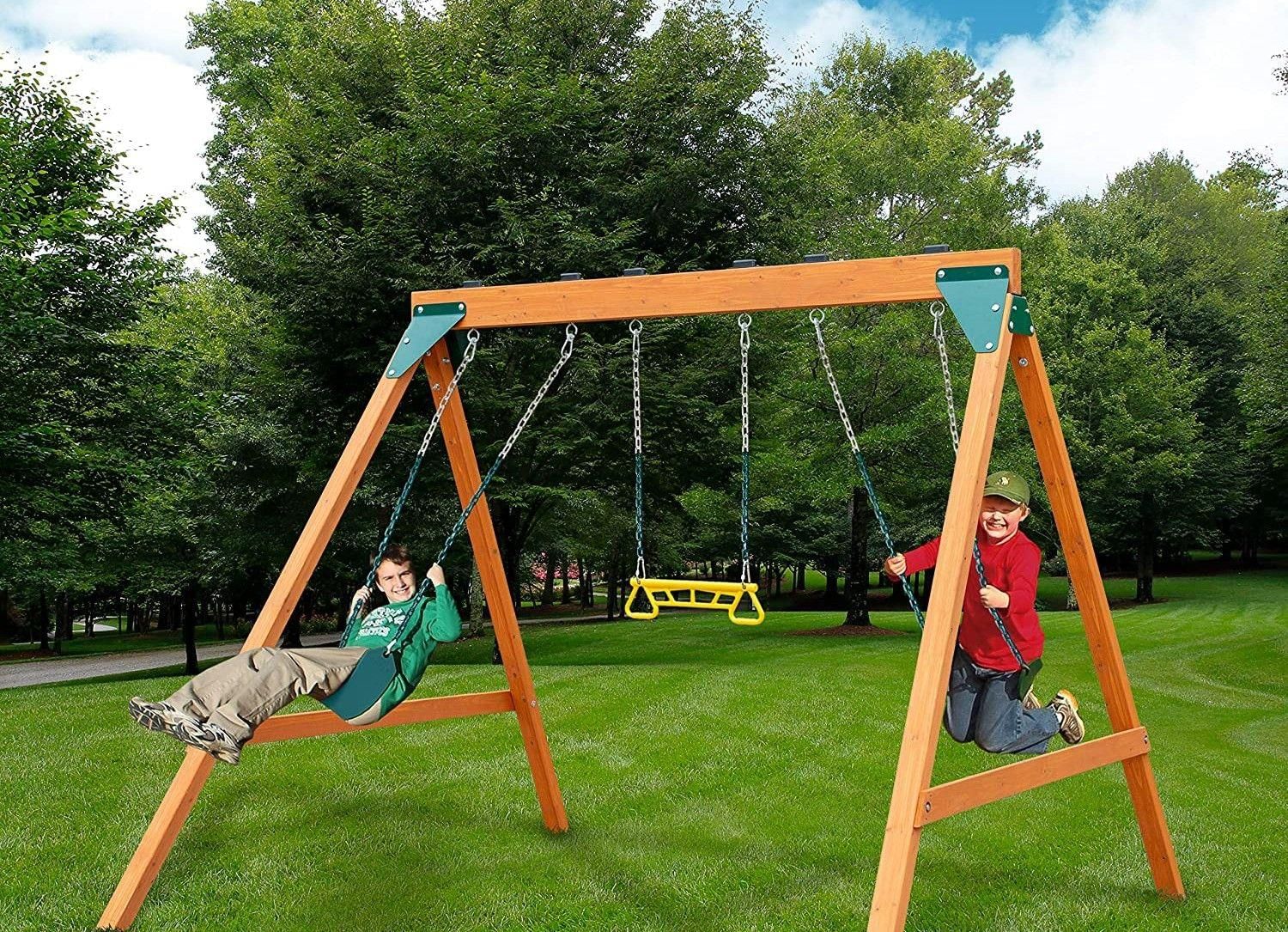Very Short Question Answers: Measurement of Length and Motion | Short & Long Answer Questions for Class 6 PDF Download
Q1: What is the SI unit of length?
Ans: Metre (m).
Q2: How many centimetres are in a metre?
Ans: 100 centimetres.
Q3: What body part was commonly used for measurement in the past?
Ans: Handspan.
Q4: What is the smallest unit of length in a centimetre?
Ans: Millimetre (mm).
Q5: How can measuring with different handspans lead to errors?
Ans: Variability in handspan size.
Q6: What should you do if a scale's ends are broken?
Ans: Use a full mark as the starting point.
Q7: What is the purpose of the International System of Units?
Ans: To standardize measurements globally.
Q8: How should the scale be positioned when measuring?
Ans: In contact with the object.
Q9: What is the correct way to write units of length?
Ans: Lowercase letters with a space before the number.
Q10: How do visually challenged students measure lengths?
Ans: Using special scales with raised markings.
Q11: What is a reference point?
Ans: A reference point is a fixed point used to describe the position of an object.
Q12: Give an example of a reference point in daily life.
Ans: The park is two blocks north of the school.
Q13: What ensures accurate measurements of positions?
Ans: Using consistent reference points ensures accuracy in measurements.
Q14: When is an object considered to be in motion?
Ans: An object is in motion if its position changes relative to a reference point.
Q15: What type of motion occurs along a straight line?
Ans: Linear motion occurs when an object moves along a straight line.
Q16: Name an example of circular motion.
Ans: The motion of a merry-go-round is circular motion.
Q17: What is oscillatory motion?
Ans: Oscillatory motion involves movement back and forth about a fixed position.
Q18: What defines periodic motion?
Ans: Periodic motion repeats its path after a fixed interval of time.
Q19: List one traditional method of measurement.
Ans: Using body parts for measurement was a traditional method.
Q20: What is the importance of standard units of measurement?
Ans: Standard units provide a uniform way of measuring for consistency.
FAQs on Very Short Question Answers: Measurement of Length and Motion - Short & Long Answer Questions for Class 6
| 1. What is the standard unit for measuring length in the metric system? |  |
| 2. How can we measure shorter lengths accurately? |  |
| 3. What is the concept of motion in physics? |  |
| 4. How do we calculate speed? |  |
| 5. Why is it important to measure length accurately in experiments? |  |

















